
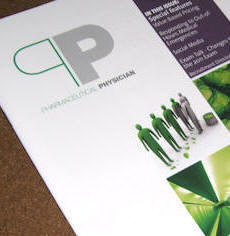
Hugh Gibbons'
references and extra information
PPhunnybone for
March
2012
for
pharmaceutical physicians, colleagues and friends
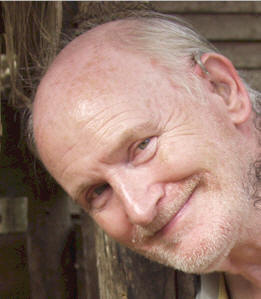
 |
||
|
|
Hugh Gibbons'
references and extra information
|
|
|
PPhunnybonus Home |
PPhunnybones References |
PPhunnies at Work |
PPhood
for Thought |
PPhurther Education: Dip.App.Gelotology |
PPhunnybonus Contact |
|
|
|
|||

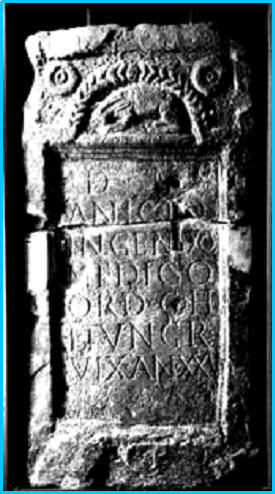
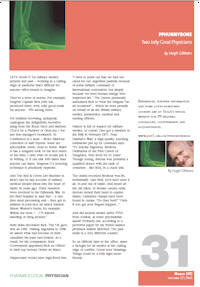 Click for article
Click for articleTwo Jolly Good Physicians |
||||
|
|
This is further reading and information on the PP article in March 2012 featuring two military doctors: Rick Jolly of the Royal Marines; and his counterpart of centuries ago, Anicius Ingenuus, also in a crack unit - the First Cohort of Tungrian Auxiliaries based by Hadrian's Wall. Surgeon Captain Rick Jolly OBE Jackspeak is about Royal Navy and
Royal Marine slang. To while away the time as a doctor on board
aircraft carriers and other postings, Rick gathered this huge, amusing and
historically fascinating catalogue of terminology on common use by all
ranks. You can see more about Rick at http://www.rickjolly.com/node/2 and Wikipedia, of course. For those of you not in easy reach of Torpoint near Plymouth, e-mail doc@rickjolly.com |
|
||
|
|
||||
|
Anicius Ingenuus An early reference can be found at
|
||||
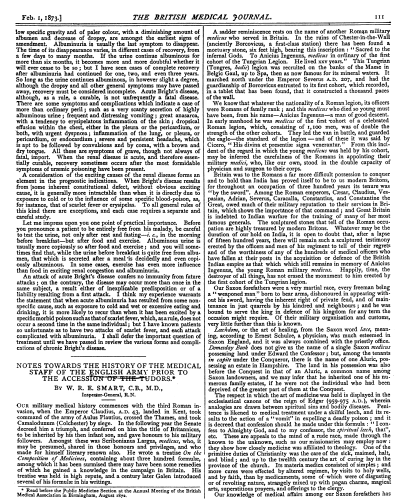
The tombstone is now in Newcastle Museum. The carving on buff limestone is quite elaborate and would have been relatively expensive. It's evidence that both Legions and auxiliary troops had good medical care. The Tungrians were auxiliaries originally raised in Belgium. The First Cohort was the lead unit, double in size to the others.
Further reading on Roman medicine |
||||
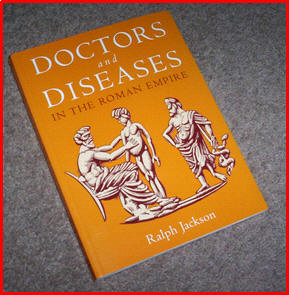 Doctors and Diseases in the Roman Empire by historian Ralph Jackson has an in-depth chapter on The Surgeon and the Roman Army. His view is that the Roman Army was the single most powerful agency in the spread of Greco-Roman medicine. ISBN is 0-7141-1398-0
|
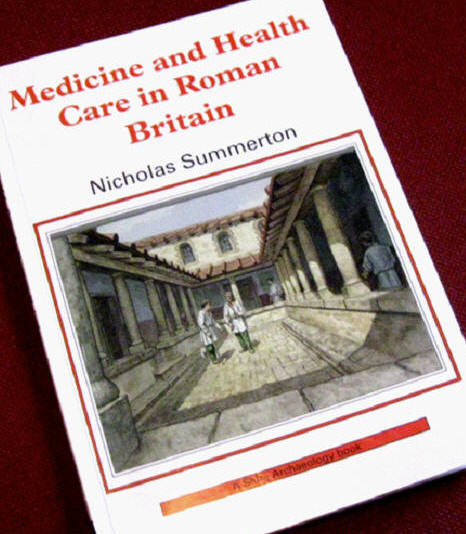 For Medicine and Health Care in Roman Britain, Dr Nicholas Summerton - a genuine physician! - has assembled and examined the archaeological, epigraphic and literary evidence for health care in Roman Britain, set in the context of the Roman Empire. The book covers individual medical care, public health and the relationship between religion and medicine. ISBN 10: 0747806640 / 0-7478-0664-0 or ISBN 13: 9780747806646
|
|||
|
|
||||
|
PTSD in the Roman Army Here's Aislinn with Ali,
another well-known hard puncher.
Incidentally, In 1964, Ali failed the U.S.
Armed Forces qualifying test because his writing and spelling skills were
sub-par. He remarked: "I said I was the
greatest, not the smartest." However, in early 1966, the tests
were revised and Ali was reclassified as 1A.
And for the take on today's
issues |
||||

For more information at any time,
contact E-mail: hughgibbons@just1.org.uk
|
||||